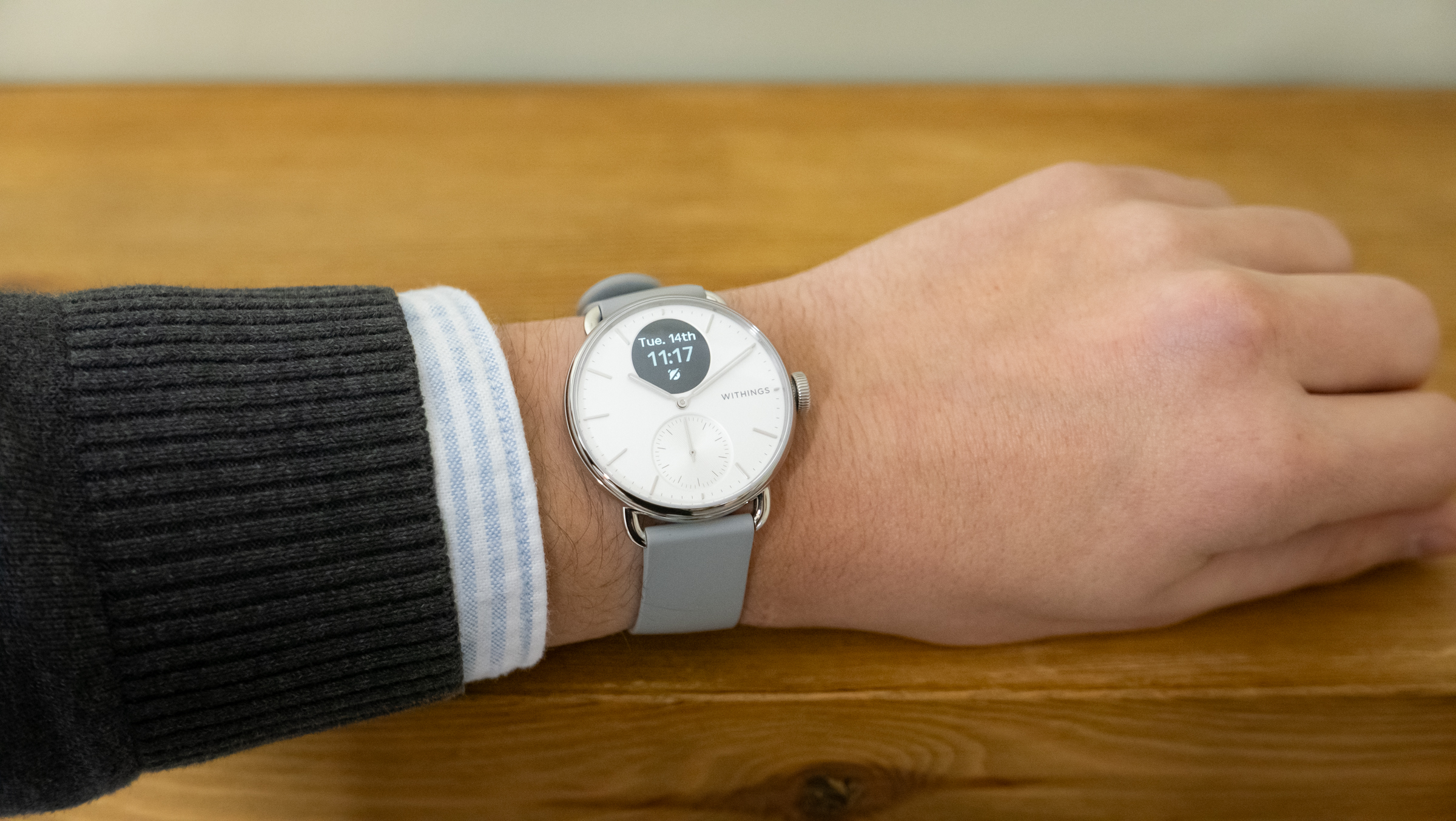
The best hybrid smartwatches are nothing new, but every so often a model comes along that immediately impresses. That is undoubtedly the case with the new ScanWatch 2 from Withings.
Withings is a French health technology company that was once acquired by Nokia, rebranded its smartwatches to carry the name of the Finnish phone maker, then was bought back again by its founder. The company has since gone from strength to strength, producing hybrid smartwatches that offer almost all of the health-tracking features of a fully-fledged smartwatch, but without the tech-heavy aesthetics and limited battery life.
In short, these are smartwatches for people who care about wristwear. Those who want a timepiece that primarily looks like a watch, complete with industry-standard lug bars and physical hands, but with the hidden ability to track exercise, take a heart rate reading or ECG, and discreetly buzz when their phone rings.
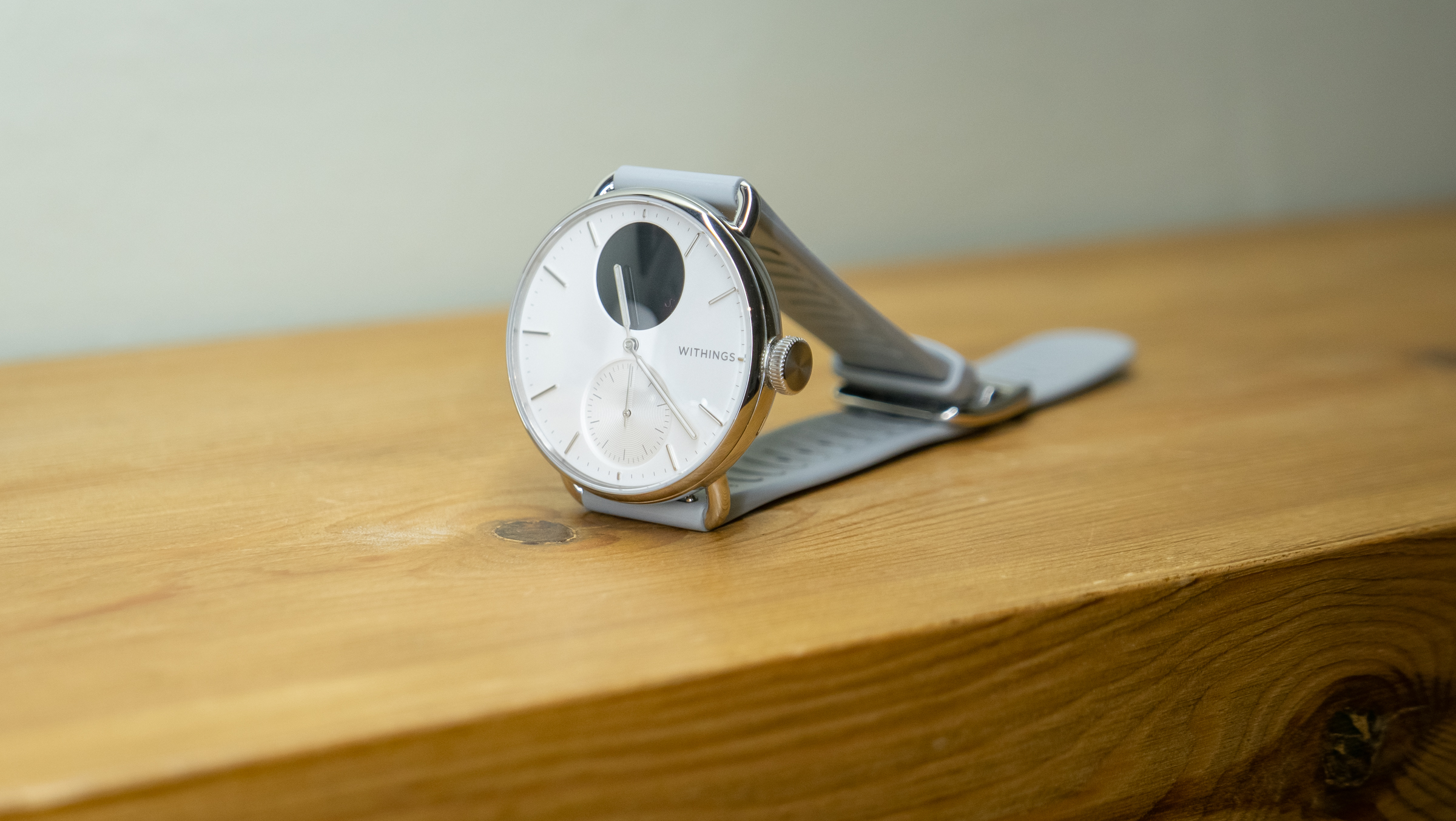
The ScanWatch 2 does all of this, along with a new module for tracking your body temperature. With that information it can show you a rolling average and help you spot changes – such as an increase in temperature that might suggest your body is fighting off an illness like the flu. It also tracks sleep and offers a claimed 30 days of battery life on a charge.
All of the data collected by the watch is sent via Bluetooth to Withings’ smartphone app, called Health Mate. From there you can see more data, track changes over time, log exercise and combine it with data collected from other Withings devices, like the company’s range of smart scales. There’s also the option to pay a subscription, called Withings+, for extra guidance on how to reach your health goals, based on the data collected by the ScanWatch 2.
I’ve been a fan of Withings watches for years now, but have never actually needed to purchase the subscription. It’s nice to have the option, but what I especially like is how the app works just fine without it, and the option to pay for an upgrade isn’t forced upon you at every opportunity.
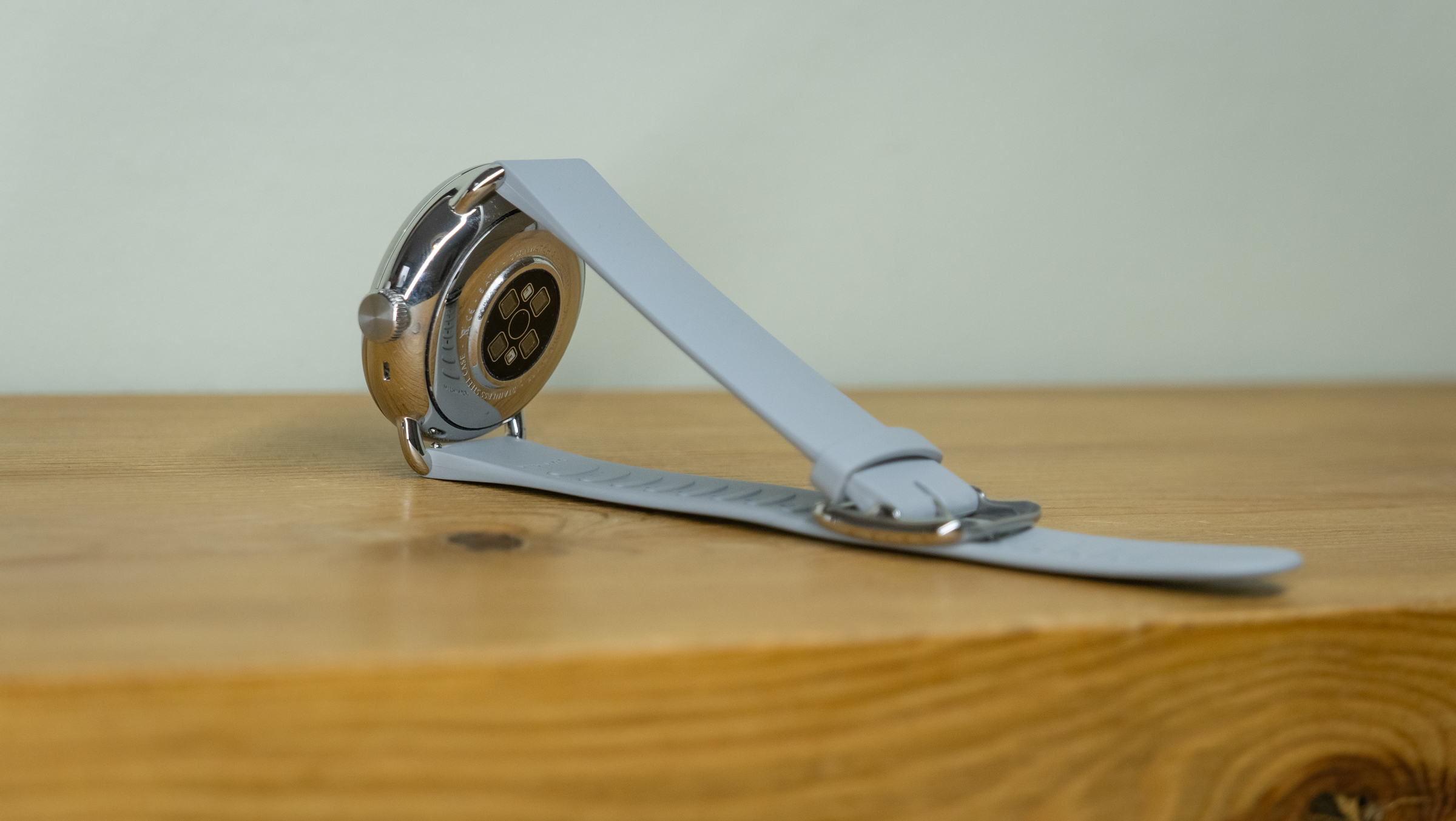
What’s the Withings ScanWatch 2 like to wear?
There are two models of ScanWatch 2, with case diameters of 42mm and 38mm. Both options have a polished stainless steel case and are available with dials in black or white, while the smaller model also comes with a gold stainless steel case with dial colours of sand and blue. All models are available with a wide range of straps in various colours.
Since I have smaller wrists and prefer more compact watches, I chose the smaller 38mm model with a white dial for this review. I think it’s a fantastic looking watch, with a real sense of luxury to it (and so it should, given the £319.95 price of both size options).
The dial has physical hands for telling the time, plus a sub-dial showing how much of your daily step goal you have completed, and a circular display. This is greyscale (for battery saving) but is really sharp and perfectly legible. It's navigated by scrolling and pressing the crown, and shows everything from your step count and heart rate, to alarms, body temperature and various settings menus.

The case has a generously curved edge and tapers slightly towards the rear, helping it sit snugly against your wrist. The crown has a lovely weight to it, and I like how the watch issues a haptic tap as you scroll through the menu system, making it feel more tactile than you might expect from a smartwatch. It’s clear a lot of thought has gone into both the hardware and software with the ScanWatch 2, and it’s far from just a health-tracking wearable, but an attractive wristwatch too.
This cannot be said of the charger, however, which grips the watch and attaches to an included USB-C cable. It does the job, but the charging dock is ugly and feels cheap. If only Withings could have produced a charger as attractive as the watch itself. Fortunately the battery life is so good you'll only have to use the charger briefly every few weeks.
I’ve used the ScanWatch 2 for almost a month now and have found it comfortable – a factor that's especially important when using its sleep-tracking function. It also fits neatly under shirt sleeves and is really no larger or cumbersome than any of my mechanical watches. That said, I would probably go for the black dial if I were to review this watch again. That way the display blends in far more than it does on the model I have here. I’m also somewhat taken by the gold model with its blue dial and matching strap.
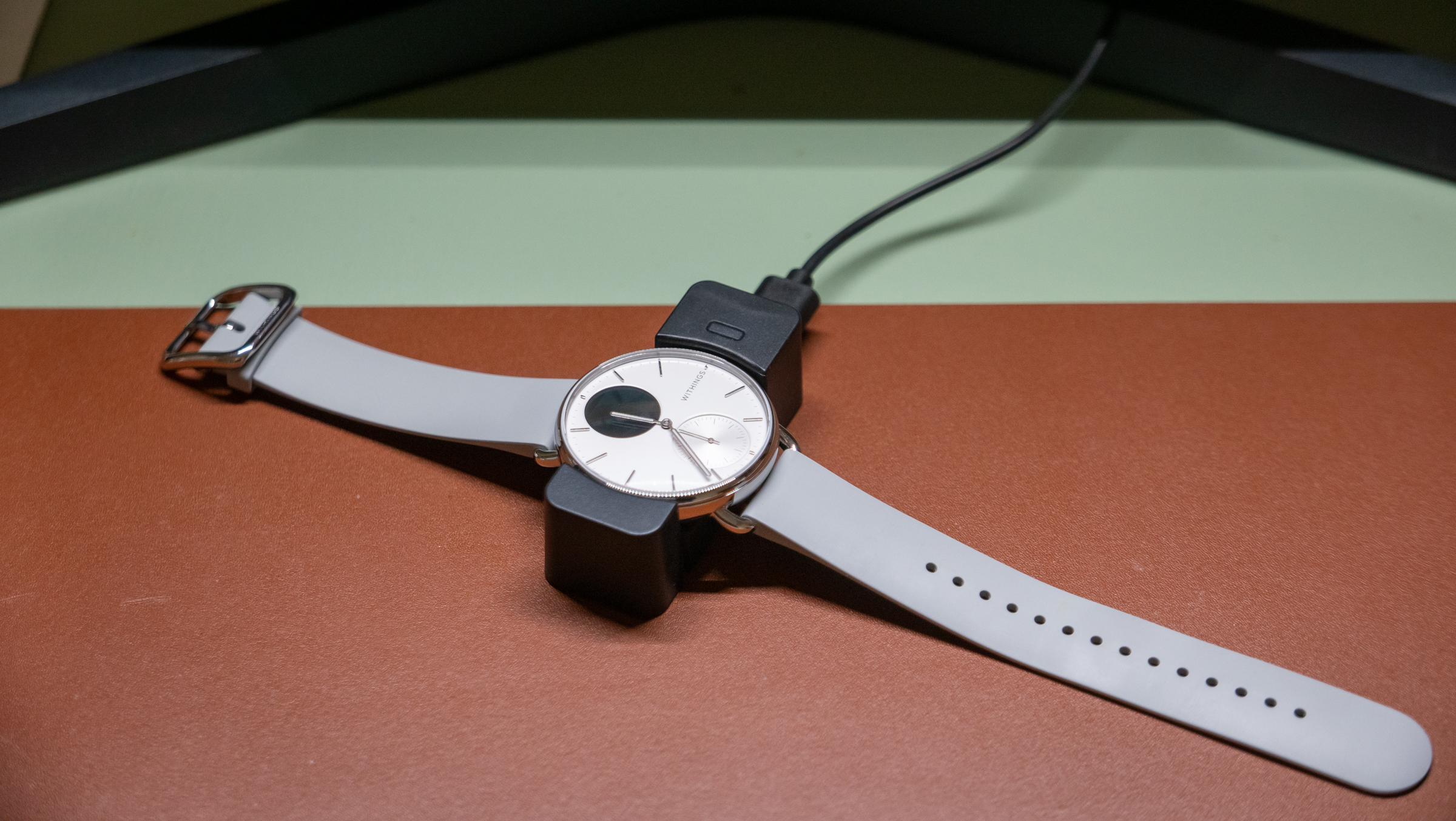
Is the Withings ScanWatch 2 worth the money?
There’s no question that £320 is a lot of money for a fitness tracker. It isn’t far off the latest Apple Watch Series 9, which starts at £399, and it’s only £30 behind the Google Pixel Watch 2. You can even pick up a new Apple Watch SE for £100 less than the ScanWatch 2.
But these are all a different type of wearable. Whereas they are fully-fledged smartwatches, complete with touchscreens, apps and microphones for taking phone calls, the ScanWatch 2 is a hybrid.
And in that sense it really does deliver the best of both worlds, offering the health and fitness tracking tech of a proper smartwatch, but also a month of battery life and beautiful, traditional aesthetics.
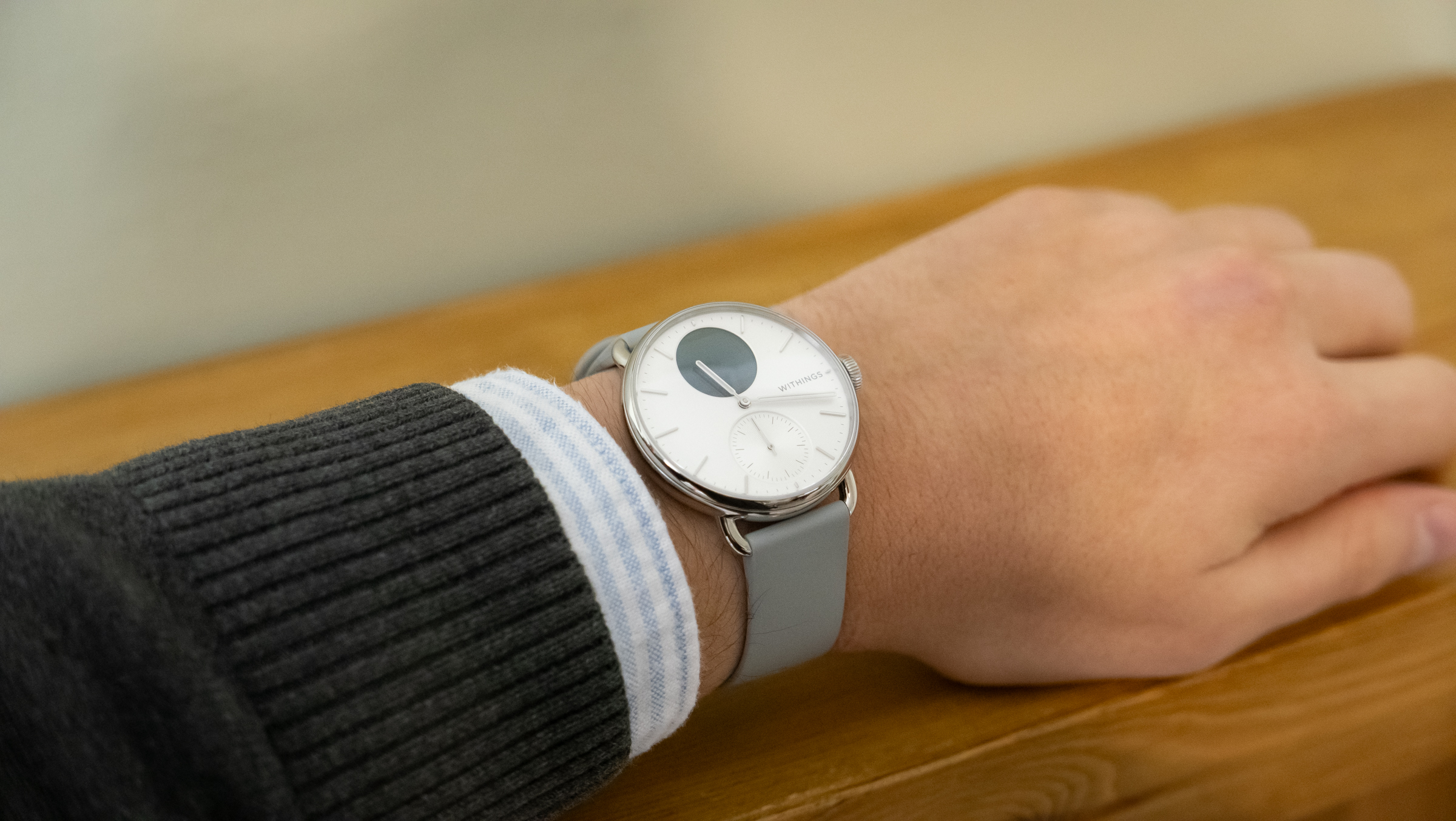
As a watch fan I’m far more likely to wear the Withings than an Apple Watch. I still frequently switch back to traditional timepieces, but when I wear the Withings it doesn’t feel like I’ve strapped a computer to my wrist. It feels (and looks) like a watch, while also delivering a massive suite of health and fitness tech – and battery life Apple and Google could only dream of.







